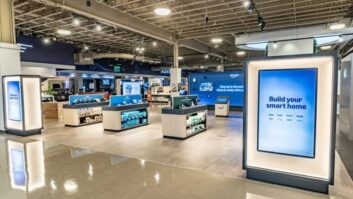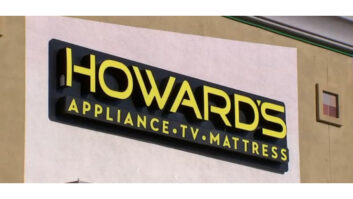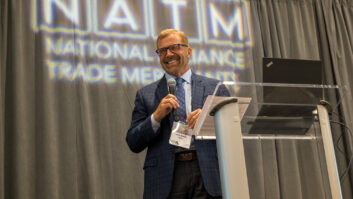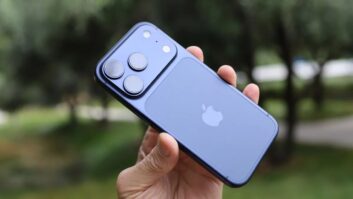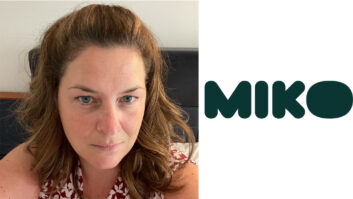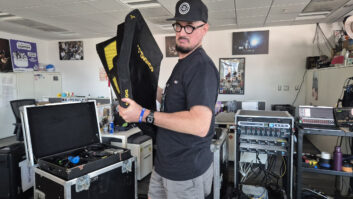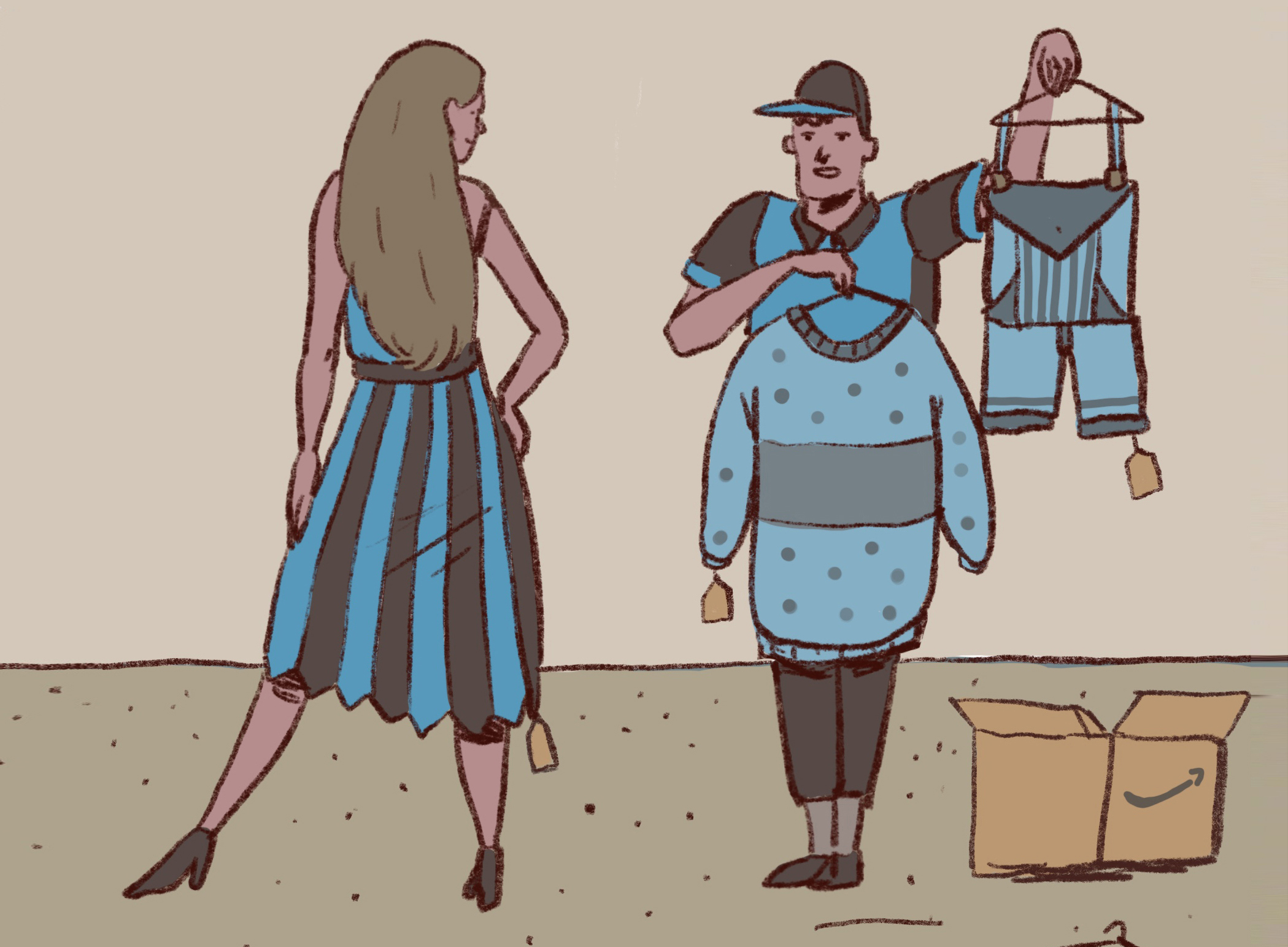
Amazon’s roster of private-label brands has become a topic of great curiosity for retailers — partially because of its ability to compress pricing for competing manufacturers, and partially because of the limited details surrounding it.
According to TJI Research, Amazon had approximately 135 private-label brands sold worldwide across several of its largest categories in January, including technology, clothing and household products.
Private label is big business from the retailer, which first launched a brand of its own, AmazonBasics, in 2009. An analyst note by investment bank SunTrust Robinson Humphrey, as reported by CNBC last June, estimated the market to be worth $2.5 billion in 2016, reached an estimated $7.5 billion in 2018, and is anticipated to be worth $25 billion by 2022.
See also: Amazon’s Private-Label Brand Is Gobbling Up Market Share
The level of transparency Amazon devotes to each private label varies. While some are immediately recognizable to consumers — such as AmazonBasics, which includes over 1,000 consumer tech, accessories and household items, and its widely known line of Alexa-enabled smart devices — others are less easy to immediately identify.
ScrapeHero, a data company that collects publicly available listings, claims that AmazonBasics included around 20 different categories as of September 2018. Camera accessories was the largest, with 118 products at the time, and outdoor items the smallest at just 12. (Amazon continuously adds more products and lines to its roster.)
Amazon’s range of private-label brands offer customers better pricing while forgoing name recognition and often glitzy packaging. For example, around 60 percent of AmazonBasics products are less than $20 and fewer than 2 percent cost more than $100, according to ScrapeHero. When it comes to other categories, such as home and kitchen, that shifts: The majority of these products (76 percent) cost more than $50. Its Alexa-enabled microwave, for example, was priced at $59.99 at press time.
Watch: Amazon Unveils Its New Delivery Robot, ‘Scout’
It’s not hard to see why consumers would be drawn to many of Amazon’s private-label options. While Apple’s Lightning cable is $19.99, the AmazonBasics version is half as much and is even Apple certified.
Beyond consumer tech, fashion is a key driver for Amazon’s private-label business, with around 86 percent of its brands sitting within this category last year, according to GartnerL2. Those include labels aimed at office wear like Suite Alice, Lark & Ro, along with outdoors brand Haven. Amazon’s clothing and footwear lines are the fourth most purchased on the site — trailing only giants like Nike and Under Armour — according to Coresight Research, as stated in that same SunTrust note.
This isn’t to say that all of Amazon’s branding and hardware efforts have been successful, of course. The company’s Fire Phone flop is perhaps the most evident example, and it continues to struggle to crack the opportunity nut of the fashion industry, a segment heavily influenced by Instagram and YouTube personalities. Millennials might not care about the brand of their batteries, but it’s harder to convince them when it comes to Lululemon vs. no-name yoga pants.
As voice commerce continues to grow, Amazon’s private labels are expected to benefit, especially from consumers who fail to specify the type of batteries they’re requesting from the Alexa voice assistant.
See also: Amazon Accelerating Private-Label Brands




